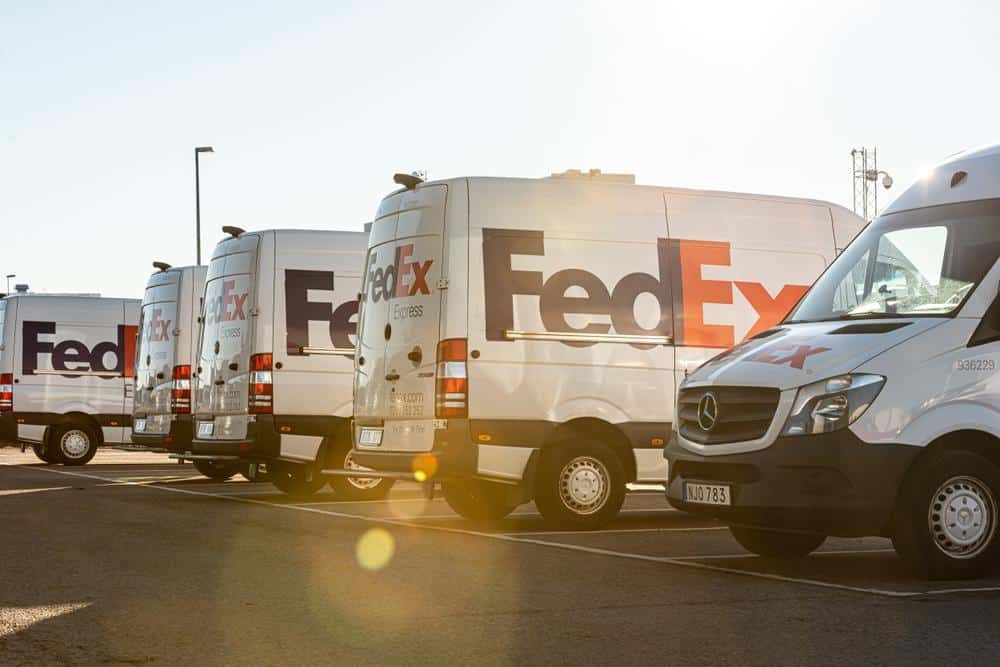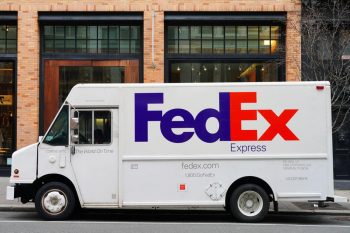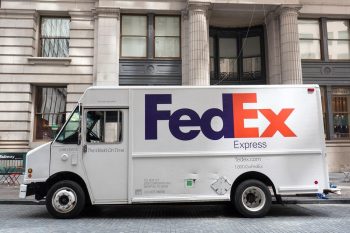
In the world of express delivery and logistics, two companies stand out as giants: United Parcel Service (UPS) and Federal Express (FedEx). Both are widely recognized for their efficiency, reliability, and global reach. But which one is bigger? In this in-depth article, we will explore various factors such as market capitalization, annual revenue, number of employees, global reach, delivery volume, market share, fleet size, services offered, and public perception to answer this question.
When considering factors such as market capitalization, annual revenue, delivery volume, and market share, UPS appears to be the bigger company compared to FedEx. However, FedEx has a larger workforce, operates in more countries, and has a larger fleet. Ultimately, the choice between UPS and FedEx may depend on personal preference, specific service requirements, or geographic location.
Market Capitalization
As of September 2023, UPS has a market capitalization of $131.85 billion, while FedEx stands at $67.31 billion. This makes UPS nearly twice as large as FedEx in terms of market capitalization.
Annual Revenue
In terms of annual revenue, UPS reported $100.338 billion in 2022, a 3.14% increase from the previous year. Over the past five years, UPS’s revenue has grown significantly, showing a consistent upward trend.
On the other hand, FedEx reported an annual revenue of $90.155 billion in 2023, a 3.59% decline from 2022. Despite this decline, FedEx has also seen overall growth in revenue over the past five years.
Number of Employees
As of 2022, UPS employs 536,000 people worldwide, while FedEx has a slightly larger workforce of 547,000.
Global Reach
UPS operates in more than 200 countries and territories worldwide, while FedEx serves more than 220. This gives FedEx a slightly larger global footprint.
Delivery Volume
UPS delivers an average of 18 million packages worldwide per day, while FedEx Express delivers approximately 6.21 million. This makes UPS the larger player in terms of daily delivery volume.
Market Share
As of the latest data, UPS controls 43.38% of the U.S. market share in the shipping industry, while FedEx holds 39.96%.
Fleet Size
When it comes to fleet size, FedEx operates the world’s largest cargo air fleet with over 650 aircraft and has over 87,000 motorized vehicles. UPS, on the other hand, operates 290 aircraft and over 119,000 delivery vehicles worldwide.
Services Offered
Both UPS and FedEx offer a wide range of services including express shipping, freight, and supply chain solutions. However, the specifics of these services can vary, and it’s recommended to visit their official websites for more detailed information.
Public Perception
According to the American Customer Satisfaction Index (ACSI), FedEx scored higher points than UPS in 2021 and seems to be ahead in 2022 as well. However, public perception can vary greatly depending on individual experiences and reviews.
Conclusion
While FedEx has a larger workforce, operates in more countries, and has a larger fleet, UPS surpasses FedEx in terms of market capitalization, annual revenue, daily delivery volume, and market share. Therefore, while both companies are giants in their own right, UPS appears to be the bigger of the two. However, the choice between UPS and FedEx can often come down to personal preference, specific service requirements, or geographic location.
Frequently Asked Questions
What is market capitalization and why is it important?
Market capitalization, or market cap, is the total value of all a company’s shares of stock. It is calculated by multiplying a company’s shares outstanding by the current market price of one share. It’s important because it gives a clear idea of the company’s size and how the market values the company.
How does the number of employees affect a company’s size?
The number of employees can be a measure of a company’s size, but it does not necessarily indicate its financial strength or market dominance. A company with fewer employees may be more efficient or profitable than a larger one.
How does delivery volume impact a company’s size and success?
Delivery volume can be a key indicator of a company’s success in the logistics and delivery industry. A higher delivery volume could mean that the company has a larger customer base or that it is more efficient at handling and delivering packages.
What is the American Customer Satisfaction Index (ACSI)?
The American Customer Satisfaction Index (ACSI) is a national economic indicator of customer evaluations of the quality of products and services available to household consumers in the United States. It provides insights into customer preferences and helps companies improve their customer satisfaction levels.












